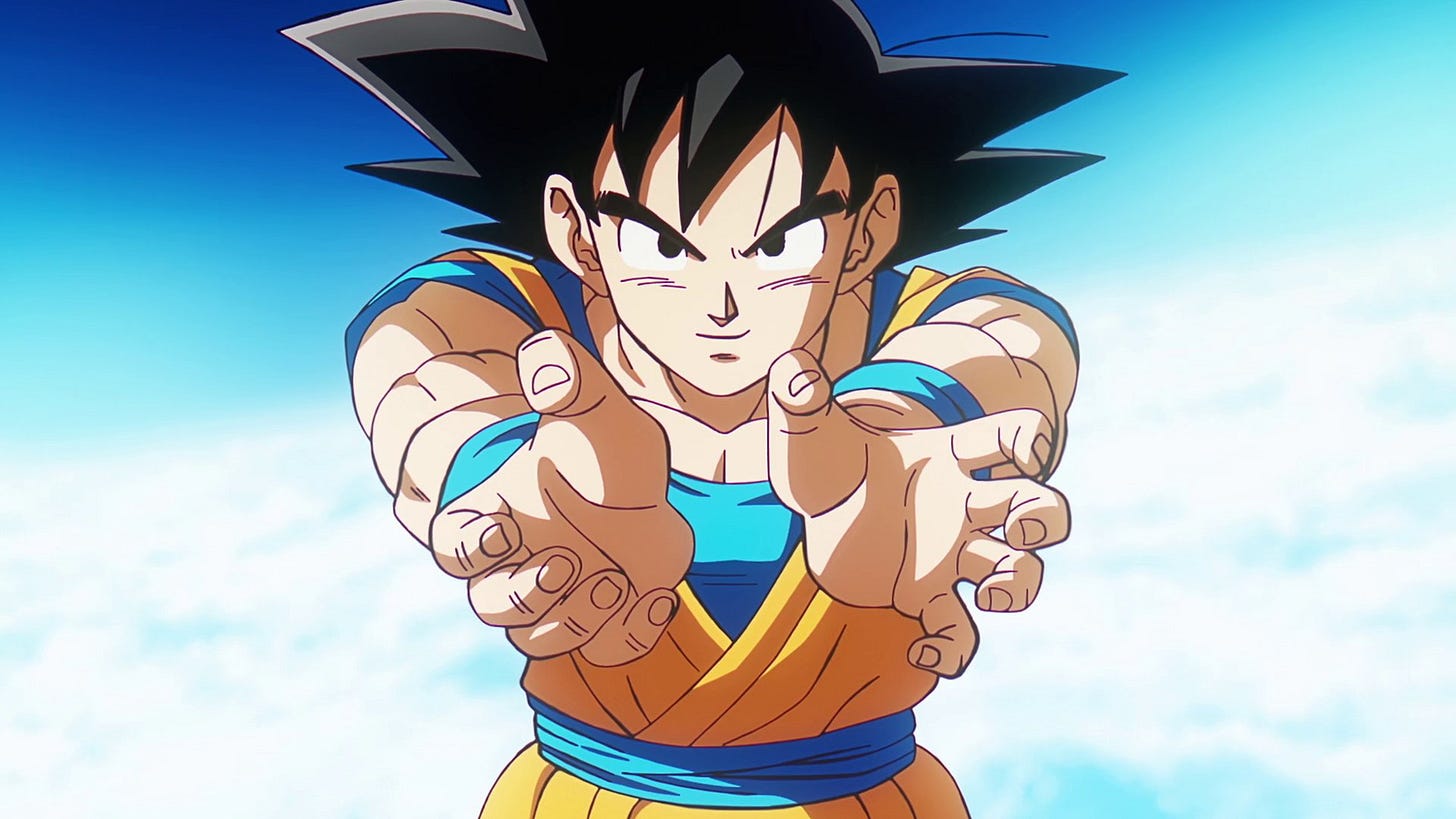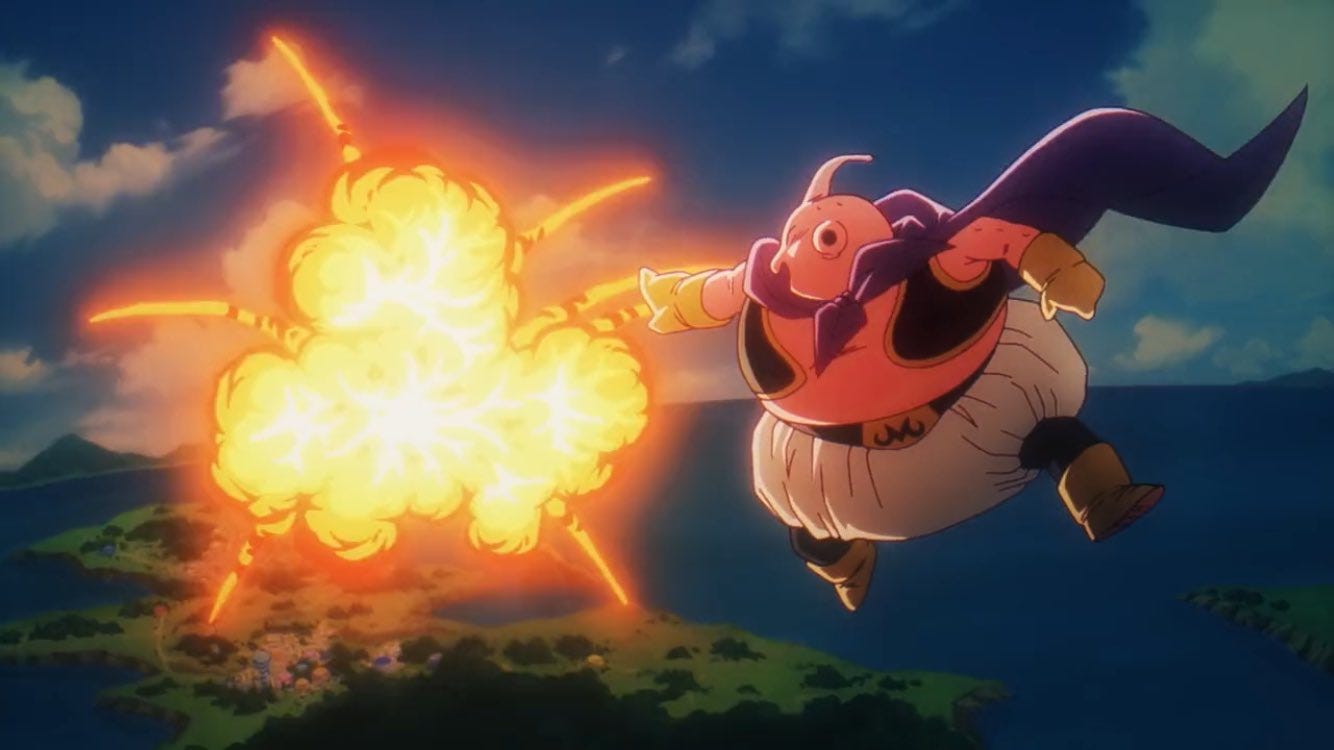Dragon Ball Daima: A Fusion Conundrum That’s Stirring Fan Confusion
Why Fans Are Confused Over Dragon Ball Daima’s Fusion Explanation
When Dragon Ball Daima was first teased, excitement soared across the Dragon Ball fandom. New animation, fresh storytelling, and deeper dives into long-standing characters left many thrilled. However, with the release of the first episode, confusion has emerged, particularly surrounding the fusion of Supreme Kai and Kibito Kai. In Dragon Ball Super, the two characters used the Dragon Balls to operate their permanent fusion—an accepted canonical explanation. Yet, Dragon Ball Daima throws a wrench into this consistency by suggesting they used Majin Buu’s stomach to separate themselves. This inconsistency has fans debating whether it's a minor slip or a more significant flaw in the newest series.
Supreme Kai and Kibito Kai: The Original Fusion Explanation in Dragon Ball Super
In Dragon Ball Super, Supreme Kai and Kibito Kai’s fusion was a major plot point. Using the Potara earrings, the two fused permanently during the Buu Saga to help in the fight against Majin Buu. The fusion was seen as irreversible until the events of Dragon Ball Super, where they explicitly used the Dragon Balls to wish themselves separated. This explanation satisfied the long-standing confusion over whether Potara fusions could be undone and firmly planted the method into the lore.
This, in essence, was canon—the Dragon Balls, a symbol of absolute power, reversed the permanent fusion. Fans accepted this explanation, allowing them to better understand how such a divine fusion could be undone and returning both characters to their original forms.
Dragon Ball Daima: Introducing a Conflicting Fusion Separation Method
Enter Dragon Ball Daima, and we are faced with a drastically different explanation. In this iteration, Supreme Kai and Kibito Kai don’t use the Dragon Balls to separate. Instead, the anime shows them utilizing Majin Buu’s stomach as a medium to undo their fusion, echoing a tactic similar to what Goku and Vegeta did during the Buu Saga when Vegito was absorbed by Buu.
This sudden shift in how the fusion is treated left many viewers scratching their heads. Why the inconsistency? It’s well-established that the Dragon Balls could reverse their permanent fusion, so why introduce an entirely new method through Majin Buu’s stomach, especially when Daima occurs before the Goku Black arc in Dragon Ball Super? The decision to introduce this method not only challenges the continuity but also contradicts Supreme Kai’s own dialogue in Dragon Ball Super, where he states the Dragon Balls were necessary for the separation.
Is This a Minor Slip or a Major Flaw in Dragon Ball Daima?
Fans are divided over how to interpret this inconsistency. Some view it as a minor error, likely an oversight or creative liberty taken by the writing team. Dragon Ball is known for its inconsistencies, and with Akira Toriyama’s tendency to forget minor details or contradict previous lore, many fans have come to accept these small lapses as part of the Dragon Ball charm. For these fans, the switch from using the Dragon Balls to Majin Buu’s stomach is a small detail that won’t ultimately affect the larger narrative of the series
.
However, others see this as a more significant flaw. Dragon Ball Super made it very clear that the Dragon Balls were integral to the separation process, making this change in Daima feel jarring. By switching to Majin Buu’s stomach, it almost feels like a retcon of previously established lore. Given how important the fusion and separation of these characters was to the overall plot of the Buu Saga and beyond, this inconsistency threatens the coherence of the storylines that follow.
Could This Be Another Case of Akira Toriyama’s Forgetfulness?
One plausible explanation for this inconsistency is Akira Toriyama’s well-documented tendency to forget past plot points and details. Toriyama has admitted to forgetting certain characters, plot details, and even entire arcs of the Dragon Ball series, which has led to similar inconsistencies in the past. It’s possible that when drafting Dragon Ball Daima, Toriyama or the creative team simply forgot about the established use of the Dragon Balls in Dragon Ball Super, leading to the introduction of the Majin Buu stomach method.
This wouldn’t be the first time a plot point has been retconned or changed in Dragon Ball due to this kind of oversight. Fans have come to understand that while Toriyama’s vision remains at the core of the series, he often allows new ideas and directions to take precedence over strict adherence to previously established lore.
Which Version Should Be Considered Canon?
Given that both explanations for Supreme Kai and Kibito Kai’s separation exist within the canon timeline of Dragon Ball Super, the question arises: which version should fans consider canon? Dragon Ball Daima takes place before the Goku Black arc, where Supreme Kai explicitly states they used the Dragon Balls to separate. This would imply that the Dragon Ball method remains canon and that the Majin Buu stomach idea is either an alternative explanation or an inconsistency that shouldn’t be taken at face value.
That said, some fans argue that the Buu stomach explanation makes more sense, given that we’ve already seen Goku and Vegeta use this method to undo their Vegito fusion. By relying on a method already established in the Buu Saga, the Daima storyline avoids the potential plot hole of using the Dragon Balls to reverse a divine fusion, which could be seen as undermining the sacred nature of the Potara earrings.
An Inconsistency Worth Debating
The conflicting explanations for Supreme Kai and Kibito Kai’s separation in Dragon Ball Super and Dragon Ball Daima highlight the sometimes chaotic nature of Dragon Ball’s long and complicated timeline. While some fans may view this inconsistency as a minor error, others see it as a significant flaw in the continuity of the series. Ultimately, whether you accept the Dragon Balls or Majin Buu’s stomach as the true method of separation may come down to personal preference.
In the end, Dragon Ball fans are no strangers to these kinds of inconsistencies, and while it may stir debate, it likely won’t detract from the enjoyment of the series as a whole. After all, part of the fun of Dragon Ball is debating these kinds of details—and seeing how the series continues to surprise and challenge our understanding of its vast and ever-evolving lore.








